
ITIL (IT Infrastructure Library) is a set of principles and best practices for all IT services in your company. They’re guidelines about improving IT operations.
ITIL lays out a methodical approach of managing risk, improving quality and delivering outstanding service for IT products.
Likewise, ITIL is also the most popular guideline for assuring ITSM (IT service management) for internal teams. Cost-effective practices, planning and scaling IT in steps, focusing on mutually profitable customer relations, etc.
Those and more are all part of what ITIL aims to teach IT experts. Above all though, ITIL emphasizes the importance of standardization. The lifecycle of a business’s IT has to be done in stages in order to assure maximum productivity.
You can’t jump straight into development or delivery. First of all, a plan must be made. Similarly, there’s little point in wondering how you’ll provide maintenance for a product that doesn’t exist yet.
At the same time, IT is often plagued by inconsistencies. Sometimes tasks and even whole projects take more than usual, sometimes they take less. ITIL teaches how to form a pattern of predictability and collaboration that helps everyone work better.
Still, you’re not going to get the most out of ITIL without using the proper tools. If you’re looking to jumpstart your business’s success, just get in touch with us.
At Wesrom, we’re certified Atlassian partners (the biggest provider of software solutions for Agile teams), and eager to help you grow.
Table of Contents
- What is The ITIL Framework?
- What is ITIL V4?
- How is ITIL Implemented?
- What is ITIL Certification?
- Top ITIL Benefits (V4)
- How to Adopt ITIL Easier
WHAT IS THE ITIL FRAMEWORK?
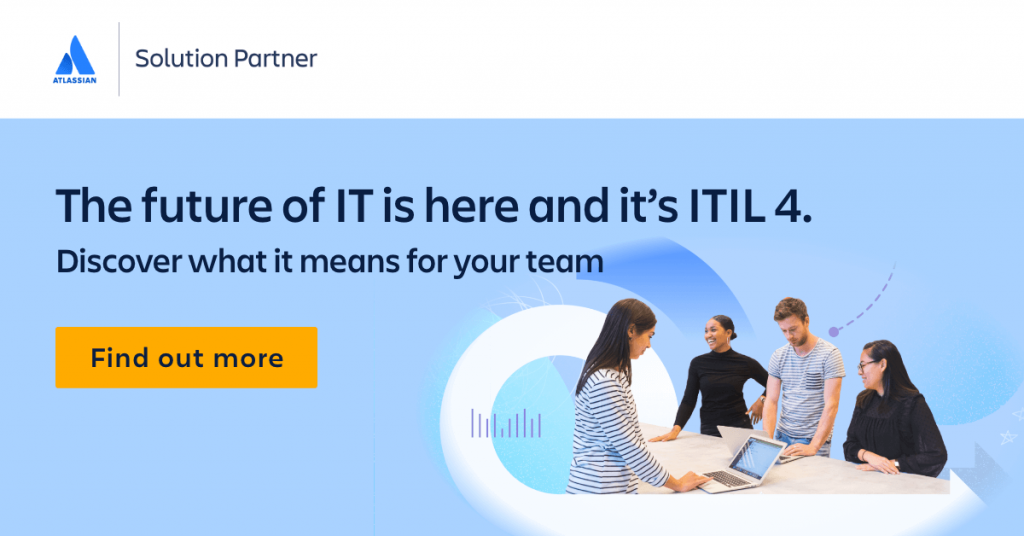
ITIL has been around for a long time. It was actually thought-of back in the 1980s by the British government. Back then, it consisted of more than 30 books!
Of course, the reality of today’s work environment is obviously different. So, right now, the whole ITIL framework can be completely understood in only 5 books (which are its latest revisions). ITIL was not made to generate revenue though.
It was a lot more straightforward than that. Just like many businesses of today, the British government noticed that they were relying on IT more and more.
This unforeseen dependence that had no standardized processes and procedures prompted the need for ITIL.
The biggest improvements were done in 2007 (ITIL v3) and 2018 (ITIL v4). Thankfully, licenses are only needed for bringing updates to ITIL. If you’re just looking to implement its recommended practices internally, you’re good to go without anyone’s approval.
ITIL v4 tackles the biggest challenges of modern organizations:
- Information silos
- Lack of communication
- Inefficient collaboration
- Misalignment of cross-team goals
- Rigidness to change and dynamic workflows
The Main Focus of ITIL
ITIL teaches how to do ITSM. In other words:
- ITSM is what you actually do in a company to provide quality IT services and products to both internal teams and external customers.
- ITIL is how to do all of those things. Lessons on end-to-end delivery of all of your digital services and assets.
ITIL aims to highlight that all IT processes & procedures must form a cohesive whole. If one part of this “chain of production” falls short, it creates a ripple effect. Both what comes after that point, as well as what comes before that point, become prone to inefficiencies.
That’s because a big picture is formed from a lot of little ones. What’s the point of a great plan if the execution falters? How are you going to provide continuous high-quality support for a product that you’re still fixing?
It’s all connected. So, ITIL introduces a new working culture. One that showcases the importance of streamlining, decentralization of cross-team work, and centralization of company-wide information.
That’s how you’ll achieve a palpable and beneficial digital change within your business.
The 5 Core Principles of ITIL

- Create and follow a service strategy – define your business goals and find how you can overlap them with customer needs. Align objectives with market requests.
- Understand what works for your business – ITIL will give you the know-how, but it’s not a “one-size-fits-all” approach. Refine recommended IT policies for your company’s needs.
- Expect the unexpected – change is a must in the IT world. Incidents are also likely to happen (like service disruptions). Prepare your teams for innovation and technical difficulties.
- Observe from a bird’s eye view – ITSM can’t be done solely from a boots-on-the-ground perspective. Look at how you can manage IT weekly, monthly, but also yearly. Create consistent and scalable processes.
- Always search for improvement – there’s most likely a better way to do what you’re already doing. Don’t be hesitant to update policies and try out new strategies.
The 4 Versions of ITIL
ITIL v1 looked at how admins could streamline and standardize their ITSM. It was mostly advice at that point. An encouragement of sorts for professionals to look at the industry best practices of the time.
ITIL v2 was already a formalized framework. Instead of just guidelines for creating a uniform IT service management environment, v2 offered practical solutions. Processes that could be applied to existing workflows; structures to be implemented for IT teams.
ITIL v3 made the framework even easier to read and apply. It developed the concept of an IT service strategy. It had step-by-step rules for moving from design, to execution, to daily operational efficiency.
There were also actionable steps for transitioning businesses into a more results-oriented culture. About how to deliver outstanding service, and then continue to add layers of improvement.
ITIL v4 launched 11 years later. The IT world had shifted in many different directions, all at once. V4 clarifies how IT management should look in an economy that’s led by services. Aside from being the go-to framework for ITSM, v4 also mentions DevOps, the cloud, automation.
It clarifies how everything fits together, and how a great customer experience can be assured. Similarly, ITIL v4 teaches that IT shouldn’t be seen in a void. It directly connects to all other areas of a business.
WHAT IS ITIL V4?
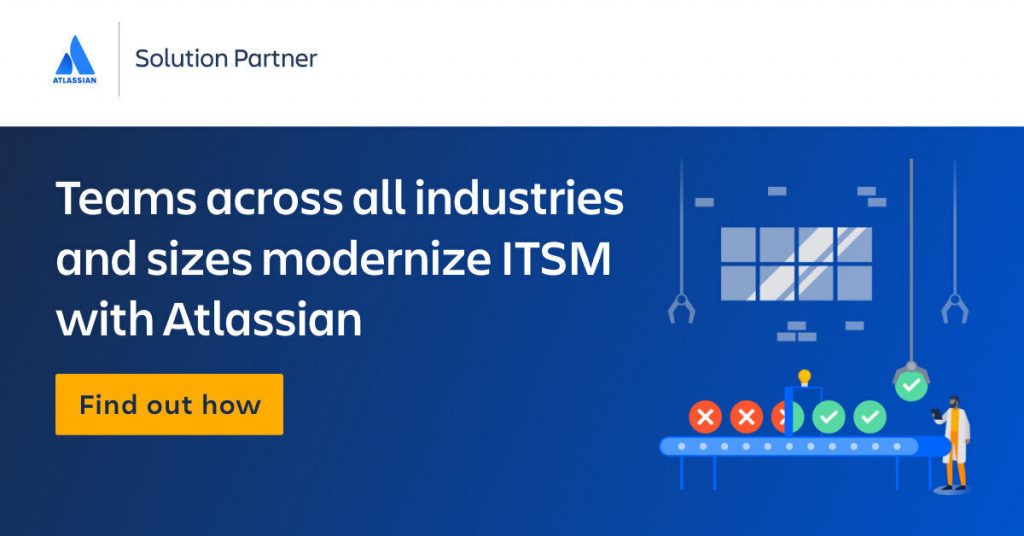
In short, it’s the latest ITIL revision. It’s the one you’ll follow. However, here’s why; V4 segments ITSM into 4 main categories:
- Organizations and People
- Value Streams and Processes
- Partners and Suppliers
- Information and Technology
This is how you should be viewing the IT “ecosystem” in 2022 and onwards. You need to see the inherent value that your company and its people bring.
After that, you’ll be able to form a strategy that creates a constant stream of value (both internally and externally).
Aside from digital transformation, ITIL also teaches how to renew your focus on customer experience. With the huge amount of available technologies (such as machine learning and the cloud), it’s easier than ever to enable a satisfying customer journey.
At the same time, ITIL provides the needed knowledge to mitigate risk throughout all these changes. In a short while, you can learn how to expedite time-to-market without sacrificing quality.
On the other hand, one of the most important steps is getting the right tools to help you. For example, Jira Service Management has everything you might need to perfect ITSM in your organization.
Just get in touch with us and let’s talk about how you can move to better Atlassian tools.
More On The 4 ITIL Dimensions
The ITIL dimensions are applicable whether you have an IT product or a service. Firstly, the dimensions encourage a clear and mapped direction. Actionable steps, cause & effect relations, achievable strategies.
Secondly, they’re a framework themselves on which such strategies can be built. If you might come across “the 4 Ps” of ITIL v3, just forget them. These are the revised versions:
1. Organizations and people
The people of your organization are the center of everything around them. That’s why the first (and most important) dimension is all about internal structure. All the aspects involved in design, production, delivery, maintenance, etc can be traced back to the people doing the work.
However, this doesn’t mean only staff. We’re talking suppliers, managers, logistics (where needed). What type of organizational culture you have, and how it intertwines with workstyles, training levels and operational efficiency.
This dimension even includes your customers. Why? That’s simple. You need to actually see what you’re making. If market needs aren’t part of your strategy, you’ll fail.
ITIL will show you how to emphasize customer wants and satisfaction, while reaching for your goals.
2. Value streams and processes
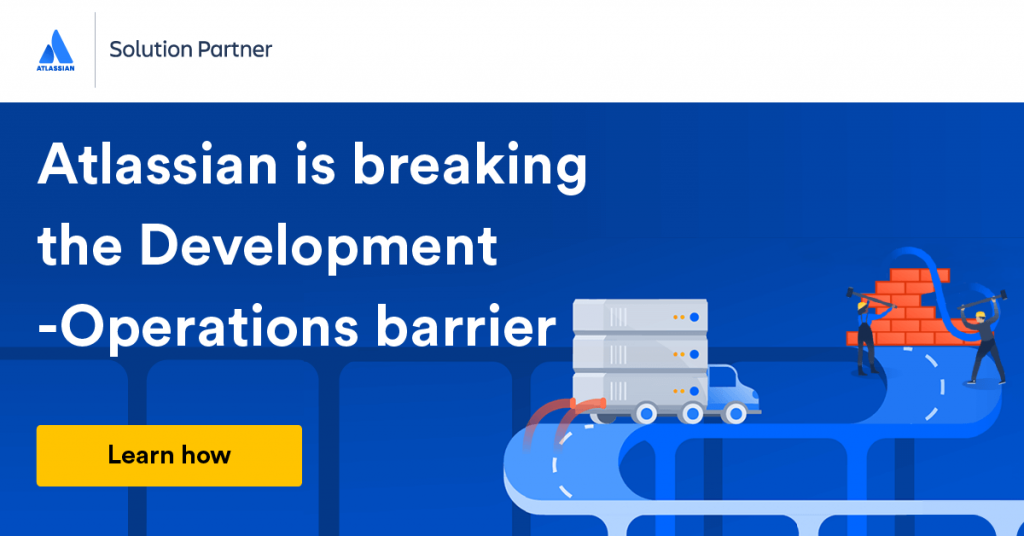
Delivering an IT product or service isn’t your final goal. Your purpose should be doing it well. We mentioned it before, and this dimension treats the Service Value Chain. Once again, it’s an operating model that explores the stages of your product’s/service’s development.
Consequently, it details incident management too. How to get back on track when things don’t go as planned. The first and most important step is transparent communication. Informing both your customers and your in-house staff what’s happened and how you’re dealing with it.
One of the best tools you have at your disposal for this is Atlassian Opsgenie. Opsgenie centralizes alerts from 200+ services, keeping IT teams informed about crises at all times.
It also exclusively sends out notifications to on-call personnel, linking them together if their expertise is needed in tandem. Oh, and it’s all automated!
3. Partners and suppliers
Products and services can oftentimes rely on third parties too. The average up-time of a cloud hosting option each month. The supply of a physical product that’s sold through your IT platform.
Furthermore, handling all tasks in-house isn’t always the right choice. ITIL also sheds light on the pros and cons of outsourcing. Augmented staff, managed services; there are many options to increase overall performance and productivity.
It simply depends on what the right choice for your case is; how you can cut costs in the most efficient manner.
4. Information and technology
This dimension looks into the actual technology and software you need to assure your IT governance and management. The information of the module explains what aspects you should consider when picking a support tool, hosting option, etc.
The 34 ITIL Practices
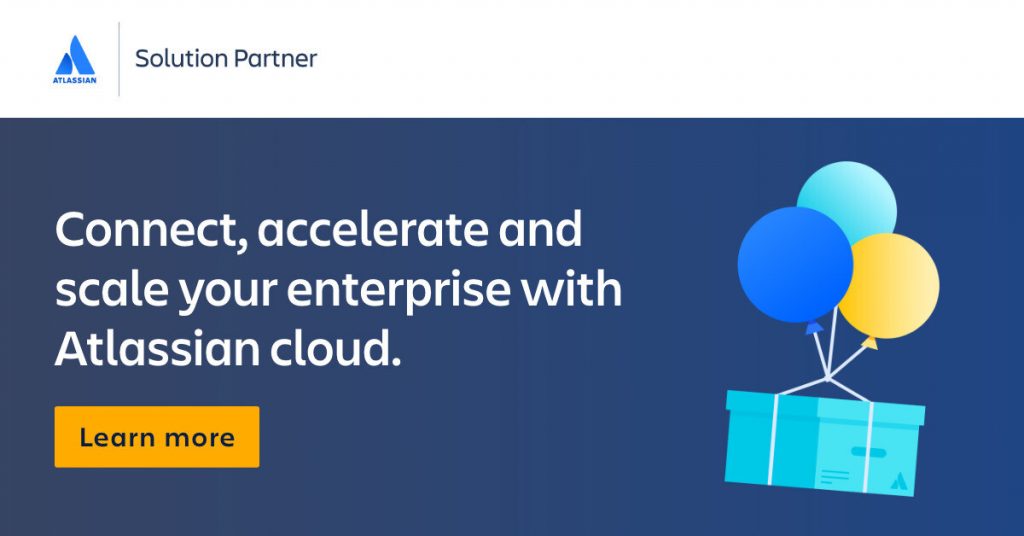
Moreover, ITIL v4 also describes 34 practices that transform work into an efficient and objective-focused activity. However, these will not be your actual processes.
Instead, they’re recommendations to form an effective IT-centric workplace. Regardless of your circumstances or managerial style, the 34 practices are a solid “guide”.
As soon as you understand them, you’ll be able to use them as the foundation of your processes. We won’t go into too much detail though; just understand that they fit into one of 3 categories:
- Universal management tips – risk management, information management, workforce management, etc.
- Specific IT service management tips – design, implementation and continuity; IT support and service desks; incident management, change management, asset management, etc.
- Technical know-how needed by an IT manager – software development, IT infrastructure, GIT code management, etc.
In essence, ITIL v4 empowers change. Not only through clarifying ITSM, but also by providing the necessary information to blend ITSM with Agile and DevOps.
Likewise, ITIL promotes the “Service Value Chain”. A flexible model which lays the groundwork for organizations to deliver and improve upon IT services. Everything is approached at an operational level, with all important details explained.
The Service Value Chain bridges the gap between what customers want, and how you can provide it in a profitable way. How you can change for the better, while remaining a resilient company throughout the process.
The Service Value Chain Basics
The suggestions for service deliverability changed from ITIL v3 to ITIL v4. The “Service Value Chain” is the new way of looking at developing, delivering and maintaining an IT product or service.
It all works around the notion of “value”. More exactly, the connection between receiving a request for value (from customers), and being able to deliver on it. In order to fulfill this journey, there are 6 stages that your organization goes through.
The trick is, these stages aren’t set in stone. Remember? ITIL also reinforces the value of Agile workflows. Dynamic shifts can happen throughout the process, such as thinking of a better service trajectory while already in the implementation phase.
Additionally, the Service Value Chain emphasizes the importance of involving the whole organization in the process. Sure, IT is the link between design, development, marketing, ops, sales, etc; but they each play their unique role.
You can’t implement ITIL v4 without first accomplishing cross-team collaboration.
Thankfully, ITIL will teach you how to do that too. The framework often draws inspiration from itself, piggybacking on processes and procedures that were taught in other modules.
The 6 activities of the Service Value Chain
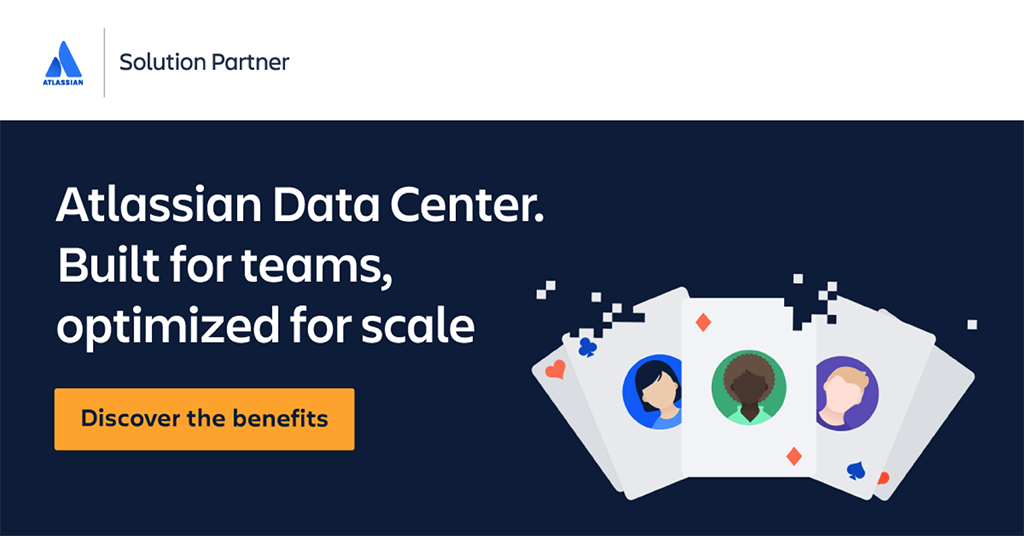
- Form a connection – understand staff, management, stakeholders and customers. Detect needs and forge a bond based on trust and servicing requests.
- Plan a strategy – set a trajectory and intentionally follow the needed steps to reach the destination. Understand your current positioning and what improvements you can make.
- Embrace progress – analyze facets of your organization that underperform. Think of solutions that benefit everyone involved.
- Focus on ROI – your stakeholders have expectations. Promise, plan and deliver on what’s achievable. Do not invest in general ideas or experiments (not at first).
- Choose reliability – the offer for IT components and services is very vast nowadays. Do your research and choose reliability when you’re starting out.
- Deliver & satisfy – respect your deadlines and deliver on what was promised. Don’t go overboard with expectations. This will generate future business by itself!
HOW IS ITIL IMPLEMENTED?
Over time. That’s the reality of it, and it can’t be rushed.
Changing to ITIL could mean unrooting your old practices and revamping them completely. Especially if your projects are complex, you could be looking at at least 1 year before seeing any results.
You have 2 ways to proceed, depending on your internal IT stakeholders:
- Introduce ITIL in gradual stages. Allow time for acclimatization. Reinforce the purpose of the change through engagement campaigns. Align department workflows and goals with ITIL values so they can see the benefit.
- All or nothing. Now, remember this is risky. Usually, people really don’t like change. Your current processes most likely won’t be ready for the abrupt change. Issues will appear, and they will need to be solved swiftly. High and mid-level management have to be all hands on deck and at 110% efficiency until the transition is completed.
Whichever way you choose, it’ll go faster depending on how many of your employees are ITIL certified.
WHAT IS ITIL CERTIFICATION?
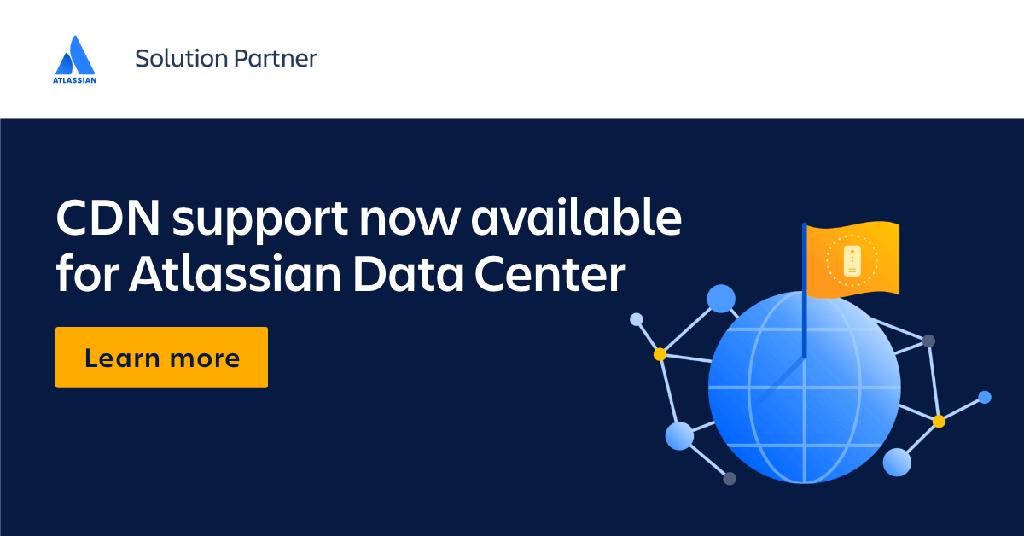
ITIL v4 also introduced a certification scheme. Individuals that manage an organization’s IT services can learn a lot of skills through the available courses.
Overall, there are 4 options, each centered around a different part of IT governance. They go from “Foundation” to “Master” level, but this doesn’t mean that everyone should reach for master. It depends on what skills are needed.
Another important thing to remember is that only people can be ITIL certified. Companies can’t. ITIL certified experts then optimize ITSM within companies.
There are also special transition courses to certify ITIL v3 professionals for ITIL v4.
Foundation Certification (ITIL v4)
The brick-and-mortar of understanding ITIL. This certification is an introduction to ITIL, presenting various best practices that would improve an organization’s management and delivery of IT services and products.
Any stakeholder in charge or supervising an ITIL framework implementation should at least have this basic understanding. The course is only 2 – 3 days long, with an exam at the end.
What’s more, you can’t advance to more complicated courses without passing the Foundation certification.
Managing Professional Certification (ITIL v4)
Any manager applying the ITIL framework should have this certification. It’s for IT governance experts that handle practical ITSM processes each day. They supervise digital teams and assure the deliverability and quality of IT products and services.
The Managing Professional certificate includes 4 modules:
- Create, Deliver and Support – understanding of how IT services and digital products are made, delivered and maintained.
- Drive Stakeholder Value – engagement strategies for customers and partner stakeholders. Strategies for ensuring satisfaction.
- High Velocity IT – management skills for fast paced environments that are prone to changes, incidents, and Agile workflows.
- Direct, Plan and Improve – leadership skills for professionals looking to attain roles that are directly responsible for managing large teams and improving product/service quality.
Strategic Leader Certification (ITIL v4)
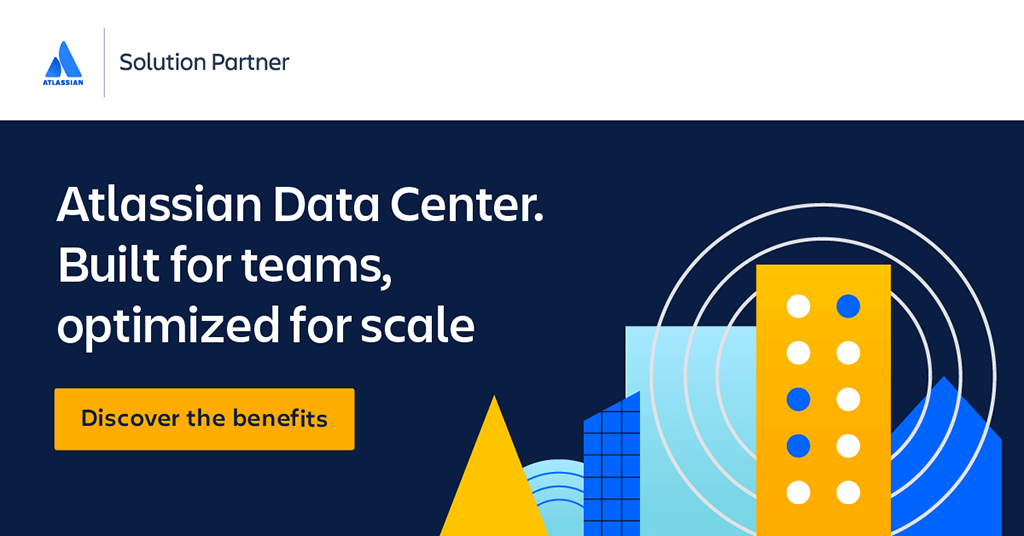
If module 2 is for mid-level management, this is for high-level management. The module teaches strategic planning around ITIL concepts. How to apply the framework to existing and future digital services in a way that will drive revenue and push business goals.
Furthermore, it underlines how ITIL can unify operations with IT teams in a way that furthers big-picture, long-term strategies.
Only professionals with at least 3 years of experience in IT management can take this certification course. The core concept of the course is teaching aspiring high-level leaders to manage risks, handle technology disruptions and promote a flexible approach towards unifying IT governance with wider business goals.
Master Certification (ITIL v4)
As the name suggests, the certification shows that an individual not only has an expert understanding of all ITIL concepts, but has also successfully applied the framework in their business.
The first step is for applicants to prove that the method they used ITIL resulted in desirable outcomes. Extensive experience as an IT manager (at least 5 years) and profound knowledge of ITIL are needed to pass and even apply.
TOP ITIL BENEFITS (V4)
The digital space is always changing rapidly. As a result, your IT systems can’t stay the way they are right now forever.
They have a direct effect on your structure, on the way you operate. ITIL v4 was significantly updated in 2018 in order to meet these new and ever-shifting demands.
All IT services and products are covered, be they for internal use or for end-user customers. At the same time, ITIL v4 also provides the means to continuously update and upgrade the way that you work.
ITIL v4’s best practices improve efficiency across the board for ITSM, Agile workflows and DevOps. It’s already changed countless organizations across the globe for the better. The framework transcends regional, cultural, and language differences.
Typical ITIL benefits include:
- Solid groundwork best practices that can be customized on a case-by-case basis.
- Modular structure that allows for picking and choosing.
- Encourages constant improvements and fast adoption of IT technologies.
- The framework’s “Service Value Chain” philosophy promotes a cross-team collaboration culture.
- Brings innovative IT processes and procedures to the table. Focuses on effectiveness and efficiency.
- Enables a better understanding of IT assets and costs.
- Establishes results-driven quality standards and emphasizes customer-centric work.
Finally, ITIL v4 can be adopted in stages. This is also reflected in the levels of certifications described above.
With the Foundation course, you can make your business more ITIL-friendly already. However, the others add more and more complementary layers on top.
HOW TO ADOPT ITIL EASIER

ITIL is the set of principles. However, you’re going to apply it through ITSM. There are no better tools for this than those offered by Atlassian.
For example, Jira Service Management and Opsgenie are specifically made to simplify and streamline ITSM. Moreover, there’s Jira Software, Bitbucket, Jira Work Management.
Atlassian tools are Agile-friendly, promote teamwork and collaboration and eliminate information silos. As vetted and trusted partners, we can help you move to Atlassian software ASAP.
Acquisition (with a discount!), implementation, data migration, training, maintenance, we do it all. Whenever you want to get ready for the future, just get in touch.
